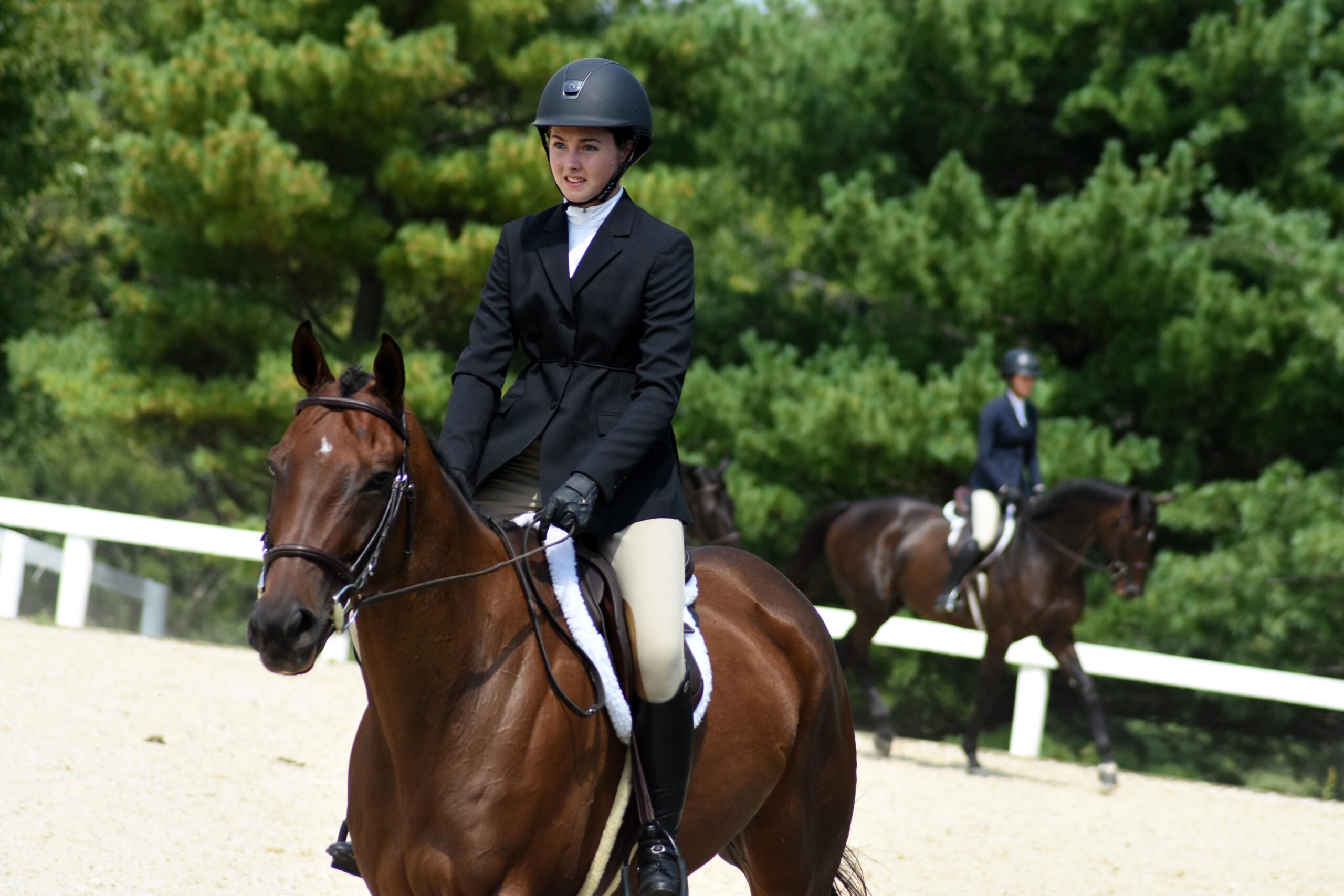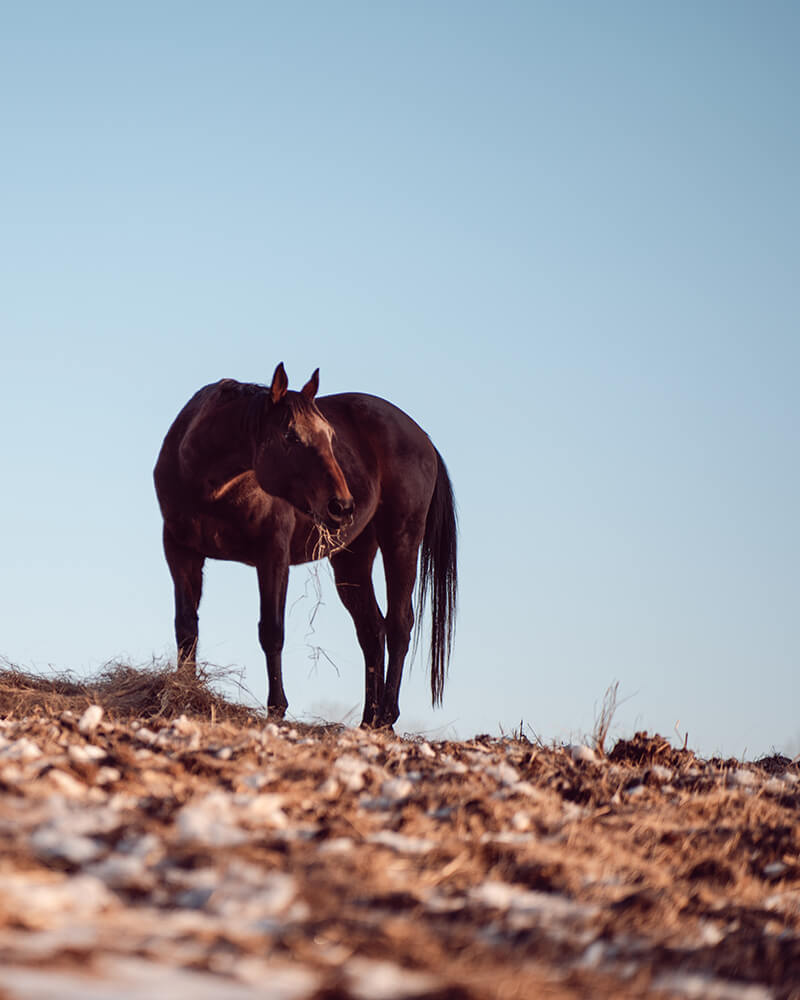Thoroughbreds in Sport Horse Competition

Thoroughbreds are renowned for their speed, agility, and endurance, making them exceptional competitors in various sport horse disciplines. This article explores the role of Thoroughbreds in sport horse competitions, their characteristics, training, and the benefits they bring to the sport.
Introduction to Thoroughbreds

Thoroughbreds are a breed developed primarily for racing but have proven their versatility in many equestrian sports. Originating in 17th and 18th century England, they are known for their refined build, stamina, and spirited nature.
| Characteristic | Description |
|---|---|
| Height | Typically 15.2 to 17 hands |
| Weight | Around 1,000 to 1,200 pounds |
| Temperament | Energetic, intelligent, sensitive |
| Common Colors | Bay, chestnut, black, gray |
Thoroughbreds in Different Sport Disciplines
Thoroughbreds excel in several sport horse competitions, including:
- Eventing: Their stamina and agility make them ideal for the demanding three phases: dressage, cross-country, and show jumping.
- Show Jumping: Their athleticism and quick reflexes help them clear challenging courses.
- Dressage: While less common, Thoroughbreds can perform well with proper training due to their responsiveness and elegance.
- Endurance Riding: Their natural stamina is a significant advantage in long-distance competitions.
Training and Conditioning
Training Thoroughbreds for sport competition requires a tailored approach:
- Building Fitness: Gradual conditioning to enhance cardiovascular health and muscle strength.
- Skill Development: Focused training on discipline-specific skills such as jumping technique or dressage movements.
- Mental Preparation: Managing their spirited temperament to maintain focus and composure during competitions.
Advantages of Using Thoroughbreds
- Versatility: Adaptable to multiple disciplines.
- Speed and Endurance: Superior physical capabilities.
- Competitive Spirit: High drive and willingness to perform.
Challenges and Considerations
- Temperament: Their sensitivity requires experienced handling.
- Injury Risk: High-performance demands can lead to injuries if not managed properly.
- Training Needs: Require consistent, patient training.
FAQ
Q1: Are Thoroughbreds suitable for beginner riders?
A: Generally, Thoroughbreds are better suited for experienced riders due to their spirited nature.
Q2: How do Thoroughbreds compare to Warmbloods in sport competitions?
A: Warmbloods are often preferred for dressage and show jumping due to their calm temperament, but Thoroughbreds offer greater speed and endurance.
Q3: Can retired racehorses transition to sport horse careers?
A: Yes, many retired racehorses successfully transition to eventing, show jumping, and other disciplines with proper retraining.
Conclusion
Thoroughbreds bring a unique combination of speed, stamina, and spirit to sport horse competitions. With appropriate training and management, they can excel across various disciplines, making them valuable assets in the equestrian world.
This expanded content provides a structured, informative, and engaging overview suitable for a detailed blog article, incorporating SEO-friendly elements like headings, tables, lists, and FAQs to enhance readability and user engagement.
